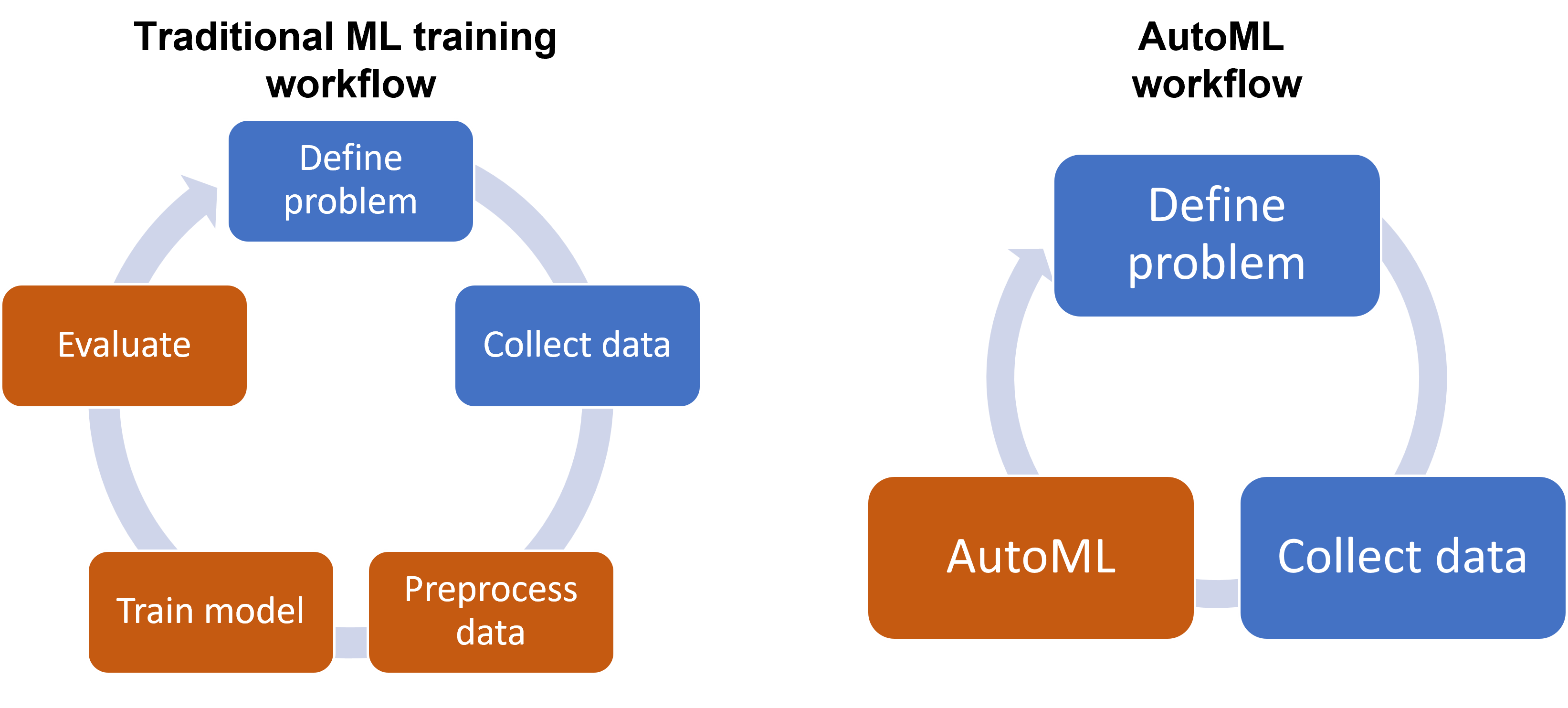Introduction to Automatic Machine Learning (AutoML)
Automatic Machine Learning (AutoML) refers to the process of automating various steps in the machine learning pipeline, such as data preprocessing, feature selection, model selection, hyperparameter tuning, and model deployment. The goal of AutoML is to simplify and accelerate the process of building machine learning models by reducing the manual effort required from data scientists and machine learning experts.
AutoML techniques typically leverage algorithms and computational methods to automate the selection of the best models and their associated hyperparameters, without extensive manual intervention. This allows individuals with limited machine learning expertise to build and deploy high-quality models, making machine learning more accessible to a broader audience.

The following are some key components and techniques used in AutoML:
Data preprocessing: AutoML tools can automate data cleaning, handling missing values, scaling features, and transforming data into a suitable format for modeling.
Feature engineering: Automatic feature engineering techniques can be employed to automatically generate new features from the existing dataset, reducing the manual effort required in feature selection.
Model selection: AutoML tools can automatically evaluate and compare various machine learning algorithms to select the best-performing model for a given dataset. This involves training and evaluating different models on the data.
Hyperparameter optimization: Hyperparameters are settings that govern the behavior and performance of machine learning models. AutoML algorithms can search through a predefined space of hyperparameters to find the optimal values, improving the performance of the chosen model.
Model deployment: Once the best model is selected and trained, AutoML tools can simplify the deployment process by generating the necessary code or providing APIs for easy integration into production systems.
AutoML platforms and frameworks, such as Google Cloud AutoML, H2O.ai, and Auto-sklearn, provide pre-built automation tools and interfaces for these tasks, making it easier for users to apply AutoML techniques to their specific machine learning problems.
While AutoML can significantly simplify the machine learning process and reduce the need for extensive expertise, it’s important to note that it doesn’t eliminate the need for human involvement entirely. Domain knowledge, data understanding, and result interpretation are still crucial for ensuring the quality and validity of the models produced by AutoML systems.